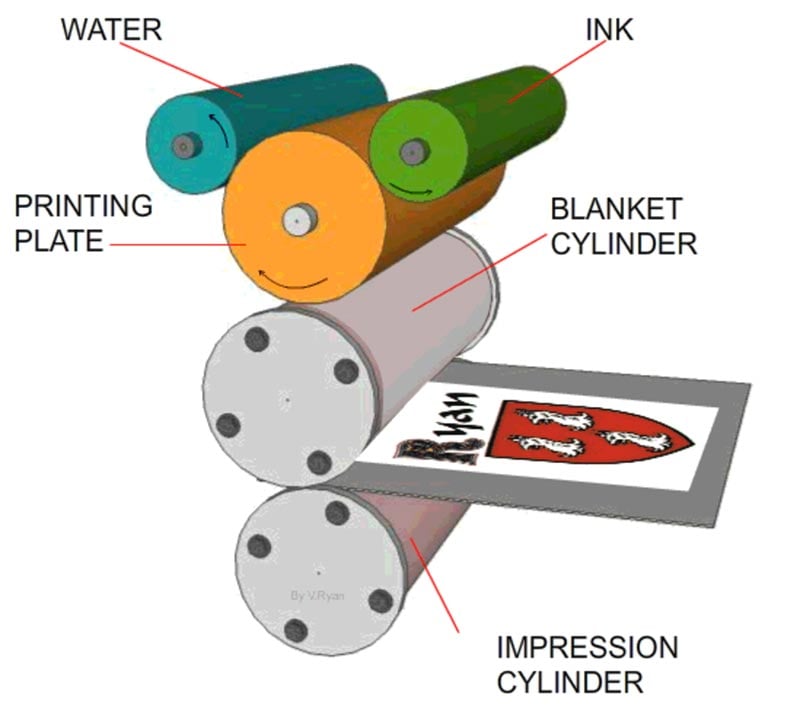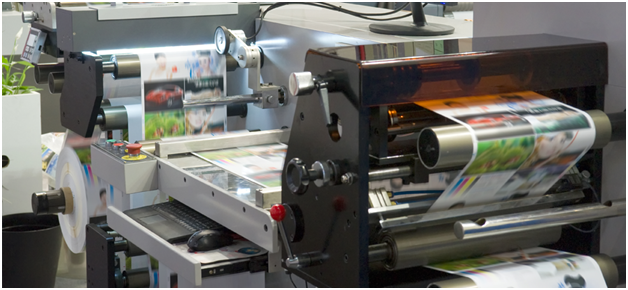All You Should Know About litho printing
All You Should Know About litho printing
Blog Article
A Comprehensive Overview to Comprehending Litho Printing Techniques
The world of litho printing, a strategy originating from the late 18th century, is an interesting mix of history, science, innovation and art. This comprehensive guide will unwind the complexities of this printing approach, from the composition of litho inks to the challenges encountered in modern-day applications. As we venture right into the complexities of lithography, the significance of automation and sustainability in ensuring its future importance becomes significantly clear. Keep with us as we journey right into the captivating realm of litho printing.
The Historical Advancement of Litho Printing
The historical trajectory of litho printing, an essential innovation in the realm of communication, is a captivating story of human resourcefulness. The process evolved with the introduction of the rotary press, which significantly boosted performance. Each phase of litho printing's development showcases humanity's unrelenting quest of performance and high quality in aesthetic interaction.
Deciphering the Scientific Research Behind Litho Printing Inks
Progressing in the expedition of litho printing strategies, the emphasis now moves to the science behind litho printing inks. The structure of these inks, their drying procedure, and color mixing strategies develop the foundation of this complicated art form. Recognizing these components is essential to understanding the craft and accomplishing the desired print results.
Composition of Litho Inks
In lithographic printing, the essential role of litho inks can not be overemphasized. Pigments, the color-providing aspects, are finely ground particles put on hold in the lorry, a fluid that brings the pigment onto the printing surface area. Each element plays an important component in the final print's quality, making the precise formula of litho inks an elaborate science.
Ink Drying Process
From the composition of litho inks, attention turns to the interesting process of ink drying. 2 primary techniques are utilized in litho printing: oxidative drying out and absorption. Absorption, on the other hand, includes the ink leaking right into the paper fibers, which is a faster process yet can lead to much less vibrant shades.
Shade Combining Methods
While the drying out process plays a vital duty in litho printing, the science of shade mixing methods holds equal significance. The science behind litho printing inks additionally takes right into account the transparency of the ink, which influences how colors overlay and mix.
The Art and Layout Aspects in Litho Printing
Litho printing takes a breath life right into art and style through its one-of-a-kind aspects. The process involves producing a photo on a lithographic limestone plate or metal plate with a smooth surface. The picture is then printed onto a tool, usually paper, by moving the ink from the plate. What collections litho publishing apart is its ability to replicate intricate layouts with high fidelity, making the output almost identical to the original artwork. This is achieved through making use of different line methods such as hatching, stippling, and cross-hatching, which enable for a variety of tonal impacts. Furthermore, litho printing suits a range of colors, making it possible for musicians to produce vibrant and dynamic prints. This combination of precision and adaptability makes litho printing a preferred choice for lots of musicians and designers.
Modern Applications of Litho Printing Techniques
Litho printing techniques have actually discovered substantial usage in the modern-day industrial market. Its impact and importance remain to grow with the development of new advancements and modern technologies in the field. This area will check out these modern applications and the transformative duty they play in the printing sector.
Industrial Litho Printing Utilizes
Litho printing continues to be a critical component of the business industry. High-volume printing tasks, such as the manufacturing of books, papers, and packaging, her latest blog rely on litho printing for its capacity to deliver superior photo high quality and price efficiency. Litho printing also gives a wide color spectrum, exceptional to that of digital printing.
Advancements in Litho Printing
Pushing the limits of typical techniques, modern-day advancements have sustained a host of technologies in litho printing. These advancements have not only enhanced the quality and effectiveness of litho prints yet also broadened its application range. One famous growth is digital litho printing, which integrates the virtues of digital modern technology with litho's top notch output. This hybrid model provides faster setup times, reduced waste, and enables on-demand printing. Another noteworthy innovation is the intro of eco-friendly inks. These inks, made from vegetable or soy-based services, have actually considerably decreased the industry's ecological effect. litho printing. In addition, the advancement of advanced plate innovation has streamlined the printing process, resulting in sharper pictures and enhanced shade fidelity. These innovations emphasize the long-lasting relevance of litho printing in the modern world.
Checking out the Refine of Litho Printing: Detailed

Challenges and Solutions in Contemporary Litho Printing

Despite the accuracy and practice that litho printing happily promotes, it is not without its set of modern challenges. Digital litho printing permits for cost-efficient short runs and easy personalization, attending to the issue of variable data. Thus, while there are difficulties, the litho printing industry is important source proactively adjusting to meet them head-on, ensuring its importance in the future.
Conclusion
In verdict, litho printing, with its abundant history and clinical complexities, holds a substantial location in the print sector. The future of litho printing hinges on its capacity to adapt to these transforming needs, attesting its enduring worth in a developing market.

Report this page